Filter by
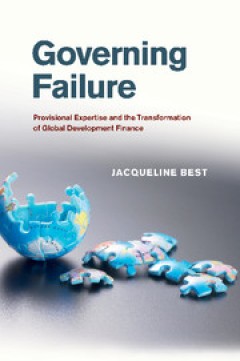
Governing Failure : Provisional Expertise and the Transformation of Global De…
Jacqueline Best argues that the changes in International Monetary Fund, World Bank and donor policies in the 1990s, towards what some have called the ‘Post-Washington Consensus,’ were driven by an erosion of expert authority and an increasing preoccupation with policy failure.
- Edition
- -
- ISBN/ISSN
- 9781139542739
- Collation
- -
- Series Title
- -
- Call Number
- 332.153 BES g

Global Volcanic Hazards and Risk
We are indebted to colleagues around the world in the volcanological community who have generated the contemporary understanding of volcanoes on which this book draws. We are very grateful to colleagues and reviewers, including Dave Ramsey, Victoria Avery and Christina Neal of the US Geological Survey, for their valued input and suggestions, which greatly improved this book.
- Edition
- -
- ISBN/ISSN
- 9781316276273
- Collation
- -
- Series Title
- -
- Call Number
- 363.3495 LOU g

Disasters and History: The Vulnerability and Resilience of Past Societies
Disasters and History offers the first comprehensive historical overview of hazards and disasters. Drawing on a range of case studies, including the Black Death, the Lisbon earthquake of 1755, and the Fukushima disaster, the authors examine how societies dealt with shocks and hazards and their potentially disastrous outcomes.
- Edition
- -
- ISBN/ISSN
- 9781108569743
- Collation
- -
- Series Title
- -
- Call Number
- 363.34 BAV d

Collaboration-Based Approaches
Collaboration-based approaches to healthcare improvement attract much attention. They involve networks of people coming together to cooperate around a common interest, with shared goals of improving care and mutual learning. Longstanding examples of collaborative approaches have been associated with some success in improving outcomes and reducing harm.
- Edition
- -
- ISBN/ISSN
- 9781009236867
- Collation
- -
- Series Title
- -
- Call Number
- 307.1 MAR c
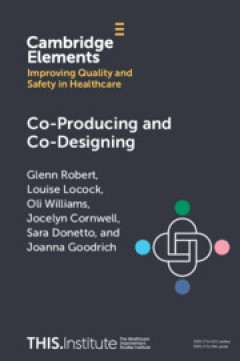
Co-Producing and Co-Designing
Many healthcare improvement approaches originated in manufacturing, where end users are framed as consumers. But in healthcare, greater recognition of the complexity of relationships between patients, staff, and services (beyond a provider-consumer exchange) is generating new insights and approaches to healthcare improvement informed directly by patient and staff experience.
- Edition
- -
- ISBN/ISSN
- 9781009237024
- Collation
- -
- Series Title
- -
- Call Number
- 658.57 ROB c

Can BRICS De-dollarize the Global Financial System?
Existing scholarship has not systematically examined BRICS (Brazil-Russia-India-China-South Africa) as a rising power de-dollarization coalition, despite the group developing multiple de-dollarization initiatives to reduce currency risk and bypass US sanctions.
- Edition
- -
- ISBN/ISSN
- 9781009029544
- Collation
- -
- Series Title
- -
- Call Number
- 332 LIU c
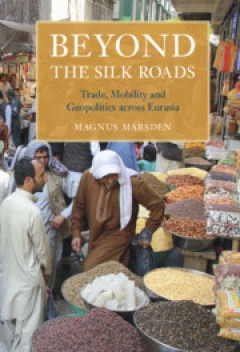
Beyond the Silk Roads
Small-scale traders play a crucial role in forging Asian connectivity, forming networks and informal institutions separate from those driven by nation-states, such as China's Belt and Road Initiative. This ambitious study provides a unique insight into the lives of the mobile traders from Afghanistan who traverse Eurasia.
- Edition
- -
- ISBN/ISSN
- 9781108974387
- Collation
- -
- Series Title
- -
- Call Number
- 382.095 MAR b
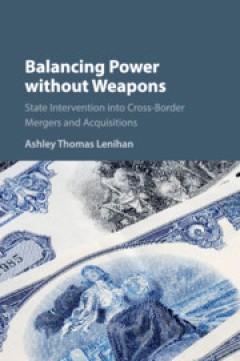
Balancing Power without Weapons: State Intervention into Cross-Border Mergers…
Why do states block some foreign direct investment on national security grounds even when it originates from within their own security community? Government intervention into foreign takeovers of domestic companies is on the rise, and many observers find it surprising that states engage in such behavior not only against their strategic and military competitors, but also against their closest …
- Edition
- -
- ISBN/ISSN
- 9781316855430
- Collation
- -
- Series Title
- -
- Call Number
- 382.53 LEN b
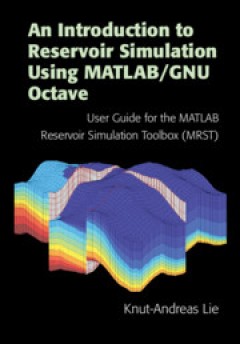
An Introduction to Reservoir Simulation Using MATLAB/GNU Octave: User Guide f…
This book provides a self-contained introduction to the simulation of flow and transport in porous media, written by a developer of numerical methods. The reader will learn how to implement reservoir simulation models and computational algorithms in a robust and efficient manner.
- Edition
- -
- ISBN/ISSN
- 9781108591416
- Collation
- -
- Series Title
- -
- Call Number
- 622.338 LIE i
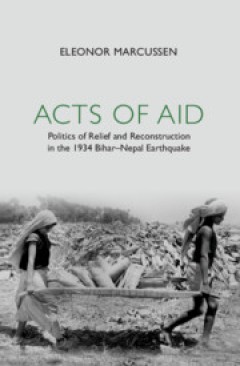
Acts of Aid: Politics of Relief and Reconstruction in the 1934 Bihar-Nepal Ea…
On 15 January 1934, at around 2.13 p.m. an earthquake struck north India and Nepal.1 In the chronicles of states, popular writers and scientists, the earthquake would be known as ‘the Indian earthquake’,2 ‘the great Indian earthquake’,3 ‘the Bihar–Nepal earthquake’,4 ‘the Bihar earthquake’5 and in Nepal as ‘the Great Earthquake’.6
- Edition
- -
- ISBN/ISSN
- 9781108937160
- Collation
- -
- Series Title
- -
- Call Number
- 363.34 MAR a
 Computer Science, Information & General Works
Computer Science, Information & General Works  Philosophy & Psychology
Philosophy & Psychology  Religion
Religion  Social Sciences
Social Sciences  Language
Language  Pure Science
Pure Science  Applied Sciences
Applied Sciences  Art & Recreation
Art & Recreation  Literature
Literature  History & Geography
History & Geography